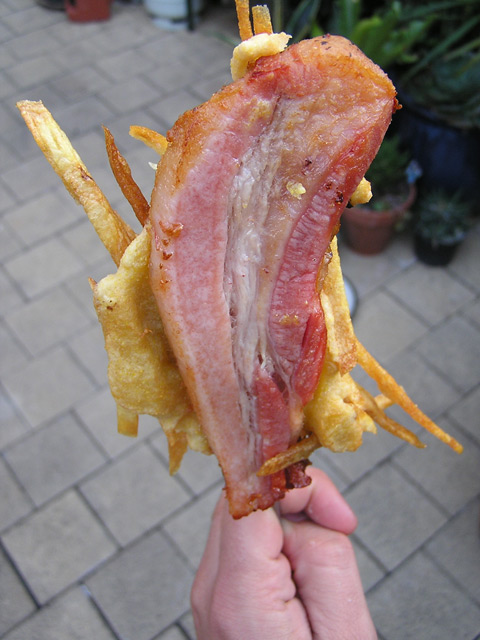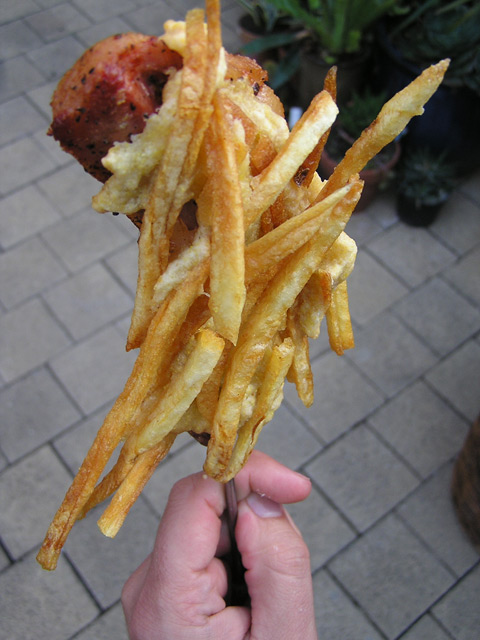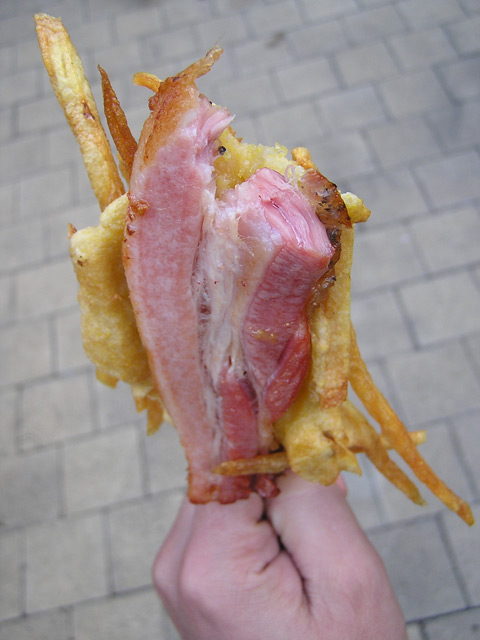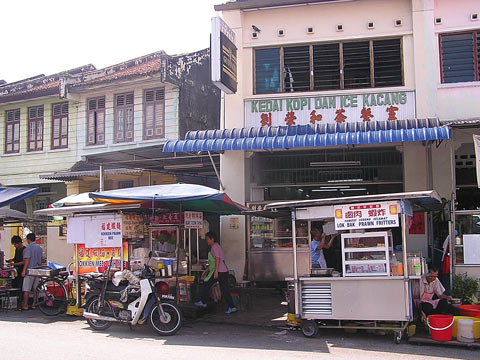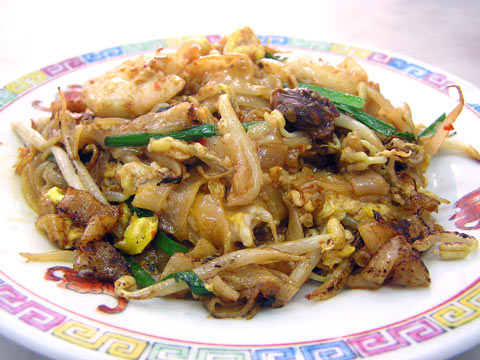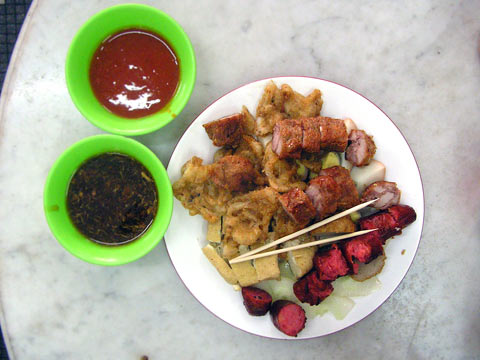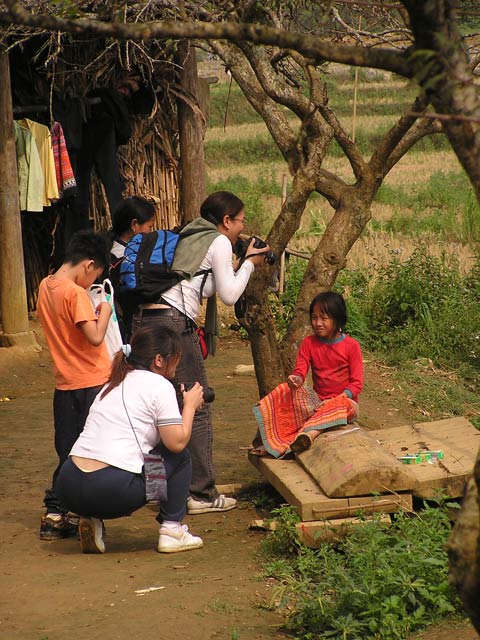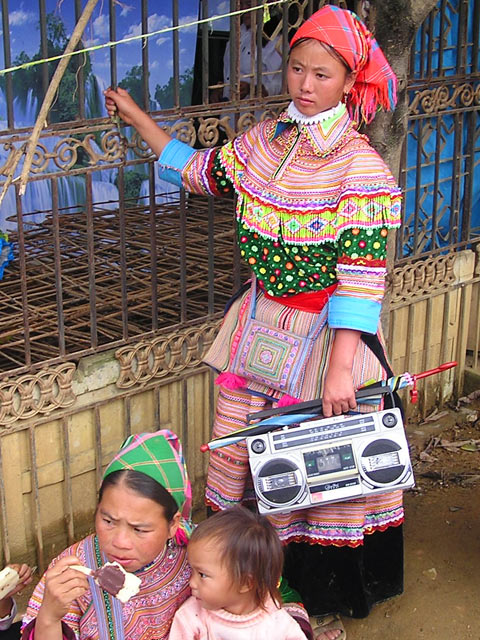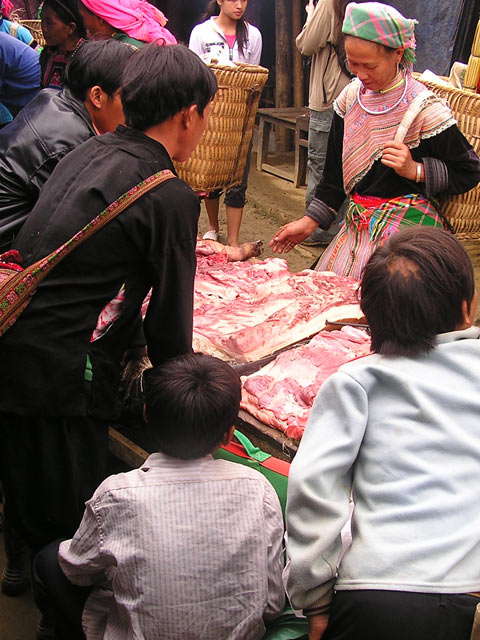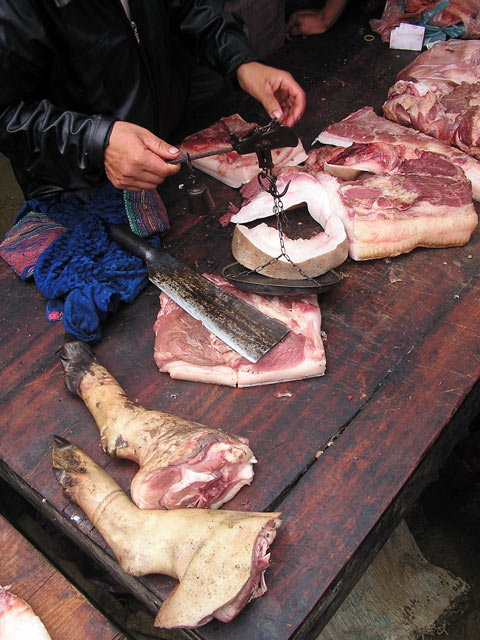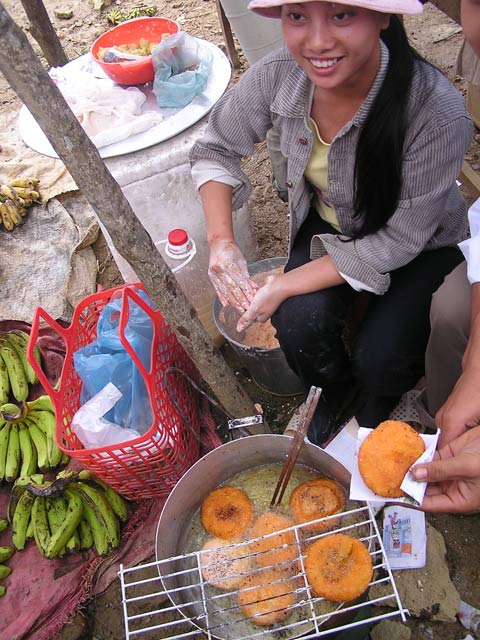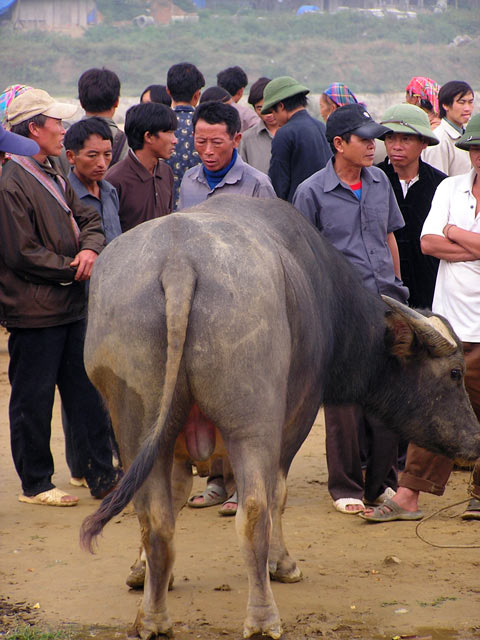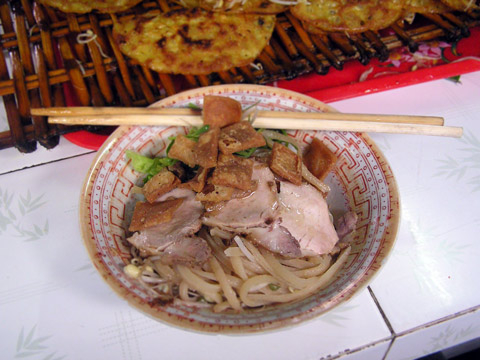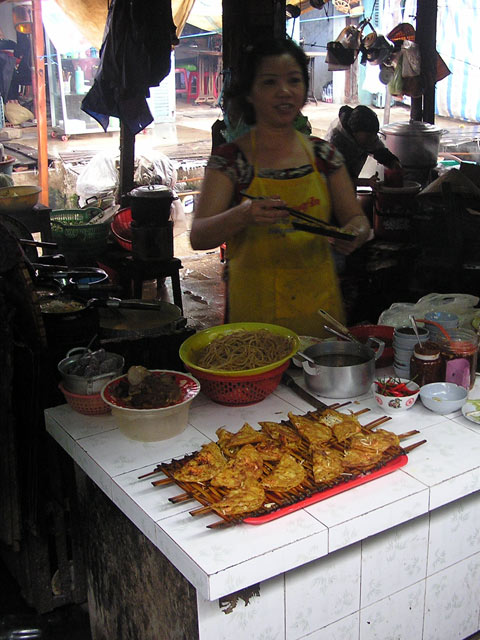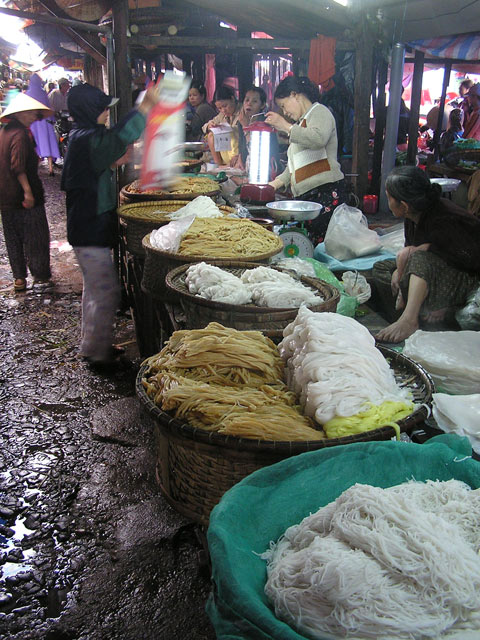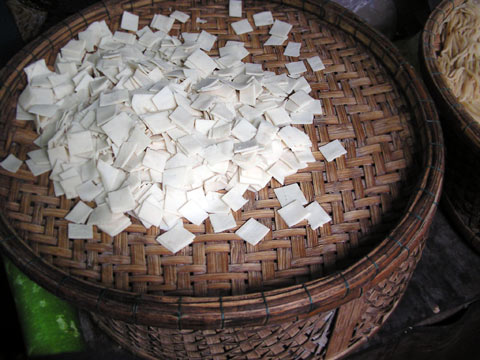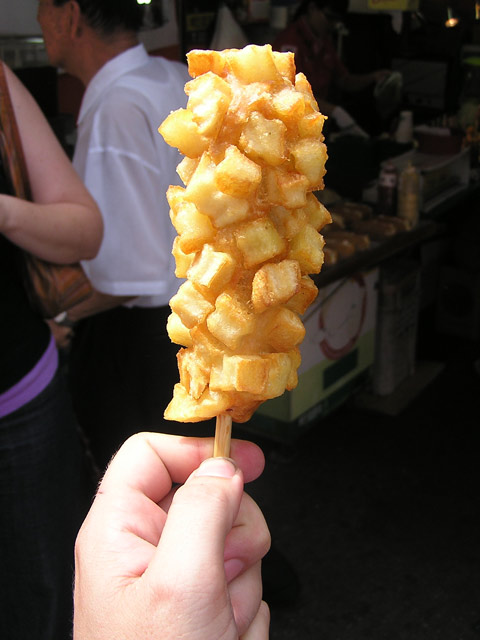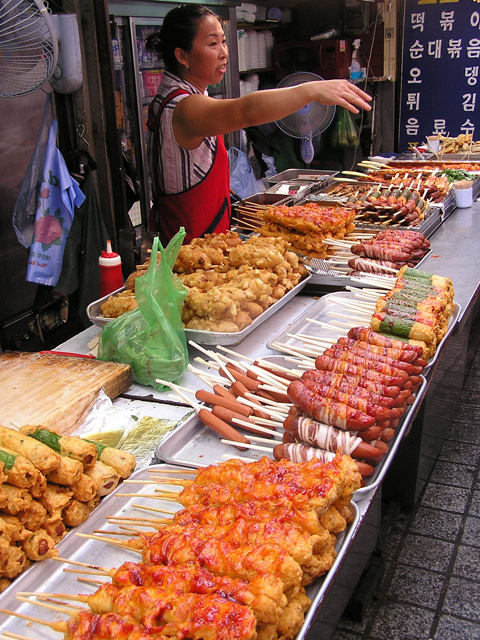
I’ve never written about eating in Bangkok because my approach to Thai food there has been completely shameful. Living in Phnom Penh made Bangkok a weekend getaway, a 25 dollar sardine class seat on AirAsia and a dash from the cobra-ridden Suvarnabhumi to congested Sukhumvit. I never went there for the Thai food; I went to soak up as much Western luxury that I could fit into my tiny budget and four-day weekend. This involved having as many Mexican meals as possible (Charlie Browns, the absurdly named Señor Pico’s of Los Angeles), hitting Chatuchak and MBK to refresh my BAPE supply, and not much else. There was the occasional street snack and quick side visits to wet markets but little worth writing home about.
This time I had no excuse: Austin from RealThai was involved as were some of the crew from Gut Feelings. I had to represent.
The Gut Feeling’s first portion of eating involved an experience in Thai-German cultural crossover: crispy and moist deep-fried schweinhuxen at Tawandang German Brewery washed down with litres of their disappointing Thai microbrew, while their cover band belted out rock hits not quite execrable enough to be hilarious. Our request for them to play Sweet Child O’ Mine, sadly, did not go unheeded.
Much like Tawandang’s house band, Austin took me out on a greatest hits’ tour, albeit of Chinatown street food rather than of the guitar heroics of the past three decades, with the added degree of difficulty that Bangkok was in the midst of a vegetarian festival. The street vendors about Chinatown were not taking the festival at all seriously: most had substituted fried gluten for their meats and the fare was distinguished by its complete absence of green vegetable matter. My pick of the vendors – a rehydrated gluten satay vendor – managed to serve as a reminder as to why I eat meat. The attempts to fashion whole chickens and ducks from soy alone happen only once a year for a good reason.
Austin’s picks were far more fruitful and leaning towards the carnivore. At the intersection of Thanon Yaowarat and Thanon Yaowaphanit sits Mangkorn Khao, purveyors of some of Bangkok’s finest kiaow naam, shrimp and pork wontons packed with black pepper and coriander root served in a thin and subtle broth; as well as bamii haeng muu daeng, fresh Chinese-style wheat noodles with succulent barbecued pork. Any combination of broth, wonton, pork and noodle is possible and each is more gratifying than the next. It is always good to find a noodle place where the noodles have a distinctive fresh flavor of their own, not just the fried blandness direct from the Maggi factory.
Just around the corner on Thanon Plaeng Naam, a man conjures hellfire with a charcoal broiler from which he summons wok hei for oily oyster omelettes (hoy tawt(?)), curries and noodles, of which we managed about three chilli-laden plates.
We ended the evening with a few Chang beers at a dive bar whose purpose is to serve as a retirement home for elderly drunken Thai pimps with a taste for singalongs to improbably saucy karaoke videos. I don’t know how Austin finds these places, but he assures me that will make the cut for the next Lonely Planet Bangkok.
Less lazy Bangkok eating to come.
